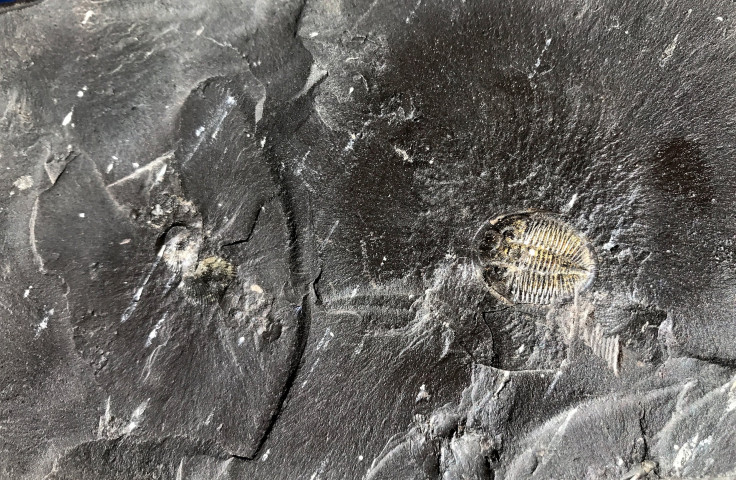What Triggered The Cambrian Explosion? Fossil Fuel Formation, New Study Says

Roughly 545 million years ago, Earth witnessed a massive burst in diversity of life in an event now known as the Cambrian explosion. It was during this period that — over a relatively short span of time — a dramatic explosion of life in the sea took place, giving rise to most of the body plans of present-day animals.
The question that has bugged biologists for decades is this — what ignited this evolutionary burst?
One possible explanation is that a steep rise in atmospheric oxygen — a phenomenon that opened the door to a much more efficient way of metabolizing food — may have triggered the change. But this only gets us to another question — given that photosynthesis, the process through which plants release oxygen to the atmosphere and store carbon as carbohydrates, has been around for at least 2.5 billion years, why did the concentration of atmospheric oxygen spike only during the Cambrian period?
The answer, according to a study published in the February issue of Earth and Planetary Science Letters, could be related to the formation of fossil fuels.
“Burying the sediments that became fossil fuels was the key to advanced animal life on Earth,” study co-author Shanan Peters said in a statement.
For the purpose of the study, the researchers — Peters and his postdoctoral fellow at the University of Wisconsin-Madison Jon Husson — studied the history of sediment accumulation on continental crusts and compared it to the history of atmospheric concentration. Their analysis was limited to North America, since comprehensive databases of the other 80 percent of Earth’s continental surface do not yet exist.
“It’s a correlation, but our argument is that there are mechanistic connections between geology and the history of atmospheric oxygen,” Husson said in the statement. “When you store sediment, it contains organic matter that was formed by photosynthesis, which converted carbon dioxide into biomass and released oxygen into the atmosphere. Burial removes the carbon from Earth’s surface, preventing it from bonding molecular oxygen pulled from the atmosphere.”
So if the rise in atmospheric oxygen triggered the Cambrian explosion, and the acceleration in sediment storage caused the uptick in atmospheric oxygen, what led to the acceleration in the formation of sedimentary rocks?
That, the authors of the study conceded, is a question that still remains unanswered.
“We suspect that deep-rooted changes in the movement of tectonic plates or conduction of heat or circulation in the mantle may be in play, but we don’t have an explanation at this point,” Husson said in the statement.
© Copyright IBTimes 2024. All rights reserved.






















